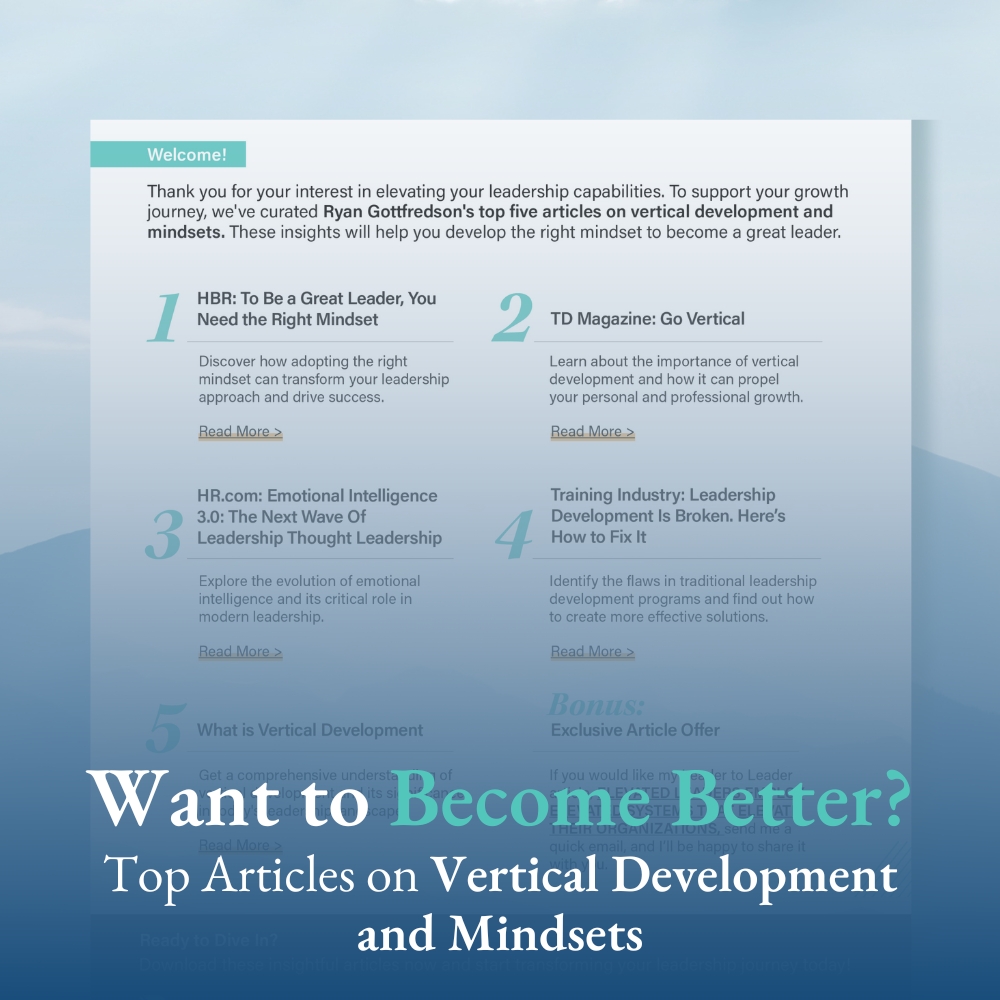According to Deloitte, 40% of Fortune 500 companies won’t exist in 2025. In fact 52% of Fortune 500 companies from 2000 no longer exist.
Why is it that companies fail?

Is it because of market factors, including increased competition, shortened product life cycles, or rapidly changing customer interests and needs?
No!
All companies experience these pressures. Some just are better able to adapt, change, and pivot than others.
In other words, some companies are more agile than others.
Agility is an organization’s ability to alter direction or adjust to operate more successfully. If an organization wants to be agile, it requires that its workforce be able to swiftly adapt to the changing needs of customers, employees, and the marketplace.
How Do You Create an Agile Organization?
To start answering this question, we must ask ourselves, what makes some organizations, leaders, and employees more willing to swiftly adapt than others?
Well, who is going to be more willing to adapt:
- Those who believe they can’t change and improve, or those who believe they can change and improve?
- Those who see new and novel ideas as threats, or those who see new and novel ideas as being necessary for creativity?
- Those who see risk as something to avoid, or those who see risk as being necessary for innovation?
The latter in every case, right!?
Well what causes individuals to see the same thing, but interpret it differently? Our Mindsets
Mindsets Foundational to Agility
If organizations want to be agile, or more agile, they must develop three mindsets necessary for agility.
Growth Mindset

A growth mindset is having the belief that one is able to change his/her talents, abilities, and intelligence and that others are able to do the same. This differs from a fixed mindset, which is the belief that one is unable to change his/her talents, abilities, and intelligence.
How these different mindsets play out is that those with a growth mindset are focused on learning and growing, while those with a fixed mindset are focused on looking good, often causing them to avoid problems rather than approach them.
When it comes to agility, who do you think is going to be more agile? Someone with a fixed mindset or someone with a growth mindset?
Of course, someone with a growth mindset. Yet, roughly half of all employees have more of a fixed mindset.
Open Mindset

When an individual possess an open mindset, they are open to the ideas of others and are willing to take those ideas seriously. This differs from a closed mindset, which is being closed to the ideas of others.
Those with a closed mindset are focused on being right and being seen as being right. As such, they are uncomfortable with ambiguity; if they seek out ideas from others, they only seek out the ideas that confirm their perspective; and they see disagreements as threats.
Those with an open mindset, on the other hand, are focus on finding truth, even if that means that they are wrong. As such, they are more comfortable with ambiguity, they seek out new and different perspectives, and they see disagreements as opportunities to improve their thinking.
When it comes to agility, who do you think is going to be more agile? Someone with a closed mindset or someone with an open mindset? Of course, someone with an open mindset. Agility requires seeing new and different ideas as opportunities to think and navigate ambiguity more effectively, as opposed to threats to one’s self or position.
Promotion Mindset

When individuals possess a promotion mindset, they are focused on winning and gains. When individuals possess a prevention mindset, they are focused on not losing and avoiding problems.
Such mindsets lead individuals to navigate change very differently. Those with a prevention mindset are primarily concerned about their ship not sinking. As such, they are focused on avoiding problems, not taking risks, and maintaining the status quo.
Those with a promotion mindset are focused on what is truly important: reaching a specific goal, objective, or destination. As such, they anticipate problems; are open to taking risks (they think: “without risk comes no rewards”); and rather than maintain the status quo, they seek to advance.
The ultimate difference between these two mindsets is that those with a prevention mindset end up getting blown about by the winds and the currents of their sea, ending up in a destination not of their own choosing. But, those with a promotion mindset are willing to brave the winds and currents to end up in a destination of their proactive design.
When it comes to agility, who do you think is going to be more agile? Someone with a prevention mindset or someone with a promotion mindset? Of course, someone with a promotion mindset. Agility and change requires the anticipation of problems, risk taking, and moving beyond the status quo.
Does your organizations have the mindsets necessary for agility?
Recently I worked with an organization to assess their leaders’ mindsets. Here are the results:



What do you think? Is this a very agile organization?
What do you think the likelihood is of them being around by 2025?
Do you want to assess the mindsets in your organizations to see just how agile your leaders and employees are programmed to be? If so, let’s connect.
If you would like to read more on this topic, you might like the following:










